The air quality in Dhaka remains poor, as the city was rated fourth globally for having one of the worst air conditions. The Air Quality Index (AQI) score was recorded at 157 at 9:00 am today, April 16, 2024.
The top three cities with the worst air quality in the world are Delhi in India, Kathmandu in Nepal, and Yangon in Myanmar. Delhi ranked first with an Air Quality Index (AQI) score of 225, followed by Kathmandu in second place with a score of 176, and Yangon in third place with a score of 171. When the Air Quality Index (AQI) indicates levels of particle pollution ranging from 101 to 150, the air quality is classified as 'unhealthy for sensitive groups'. When the AQI ranges from 150 to 200, it is categorized as 'unhealthy', between 201 and 300 is labeled 'very unhealthy', and anything above 301 is deemed 'hazardous', posing severe health dangers to those living in the area.
The Air Quality Index (AQI), a tool used to communicate the daily condition of air quality, provides individuals with information about the level of cleanliness or pollution in the air of a specific city and alerts them to potential health risks. The Air Quality Index (AQI) in Bangladesh is determined by measuring five different pollutants: particles (PM10 and PM2.5), nitrogen dioxide (NO2), carbon monoxide (CO), sulfur dioxide (SO2), and ozone.
The city of Dhaka has been facing challenges with air quality for an extended period of time. During the winter months, the air quality typically deteriorates and becomes unhealthy, but it usually gets better during the monsoon season.
According to the World Health Organization (WHO), approximately seven million individuals across the globe die annually as a result of air contamination, primarily resulting in higher mortality rates from conditions such as stroke, heart disease, chronic obstructive pulmonary disease, lung cancer, and acute respiratory infections.



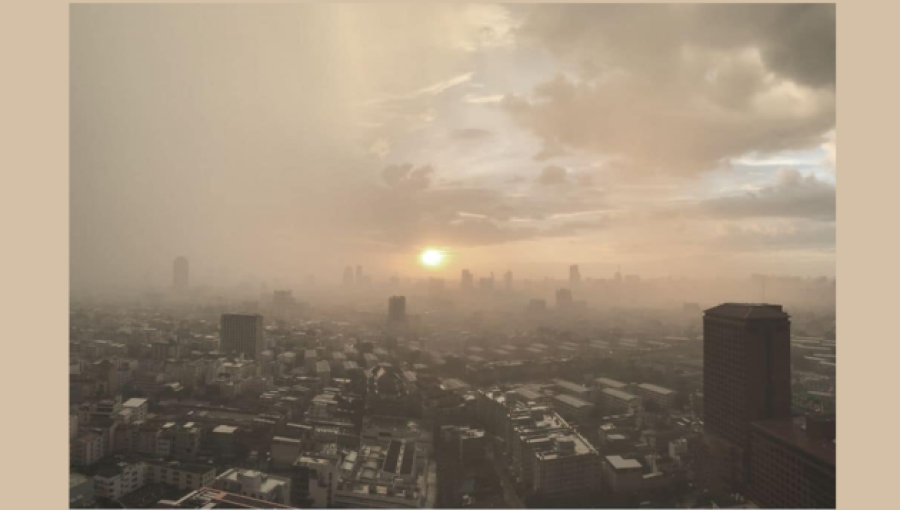
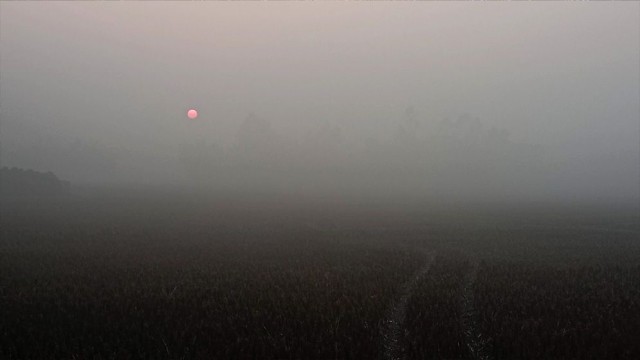
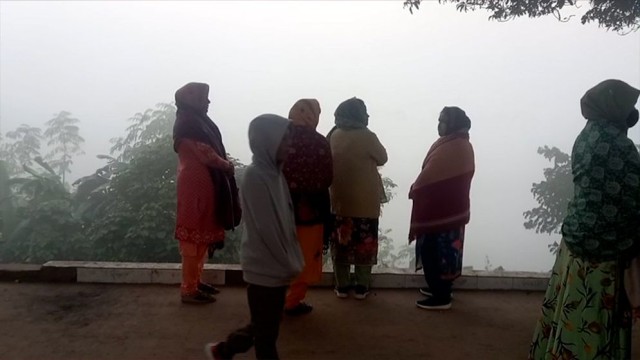
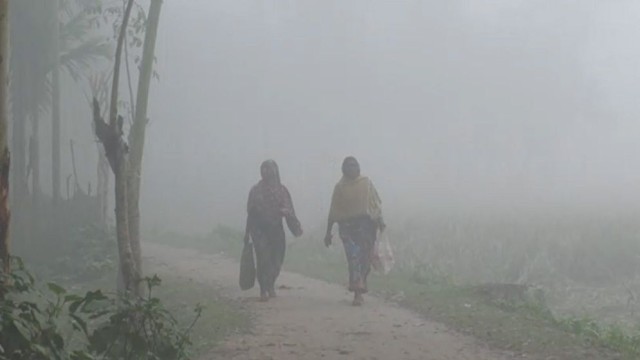
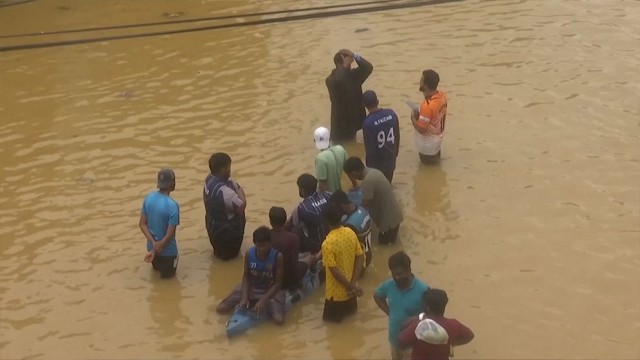

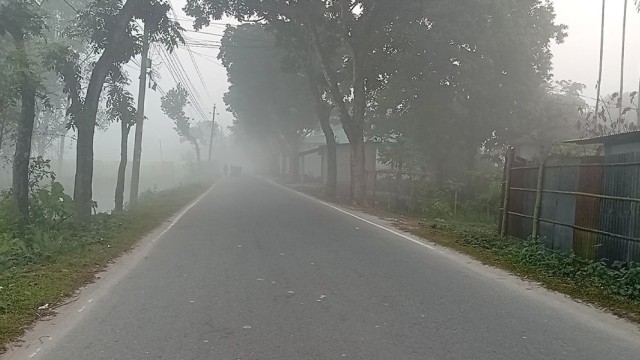



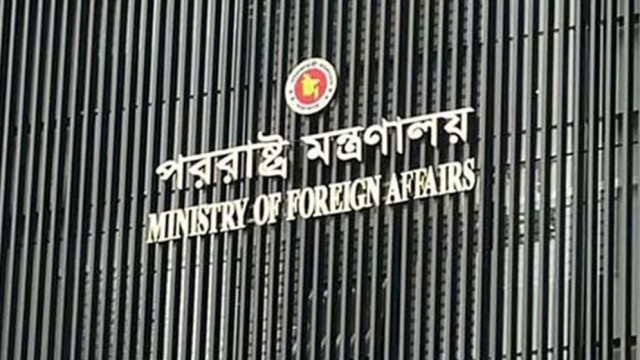





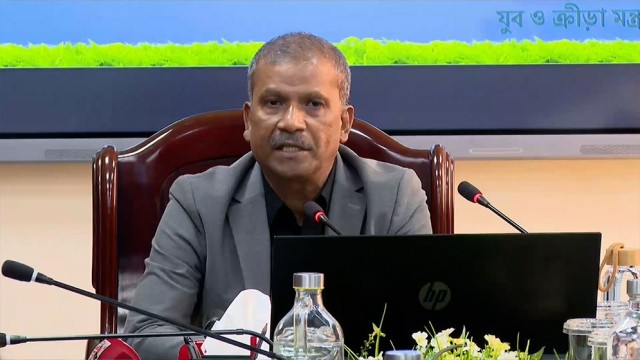


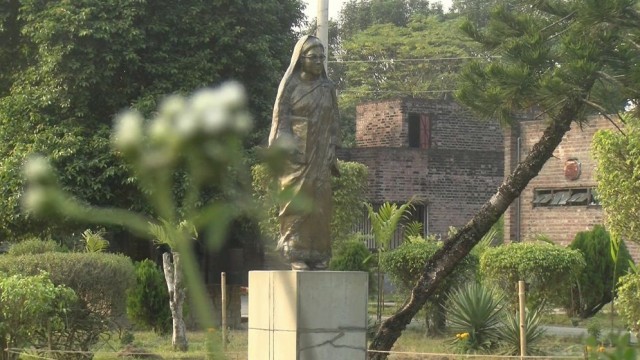

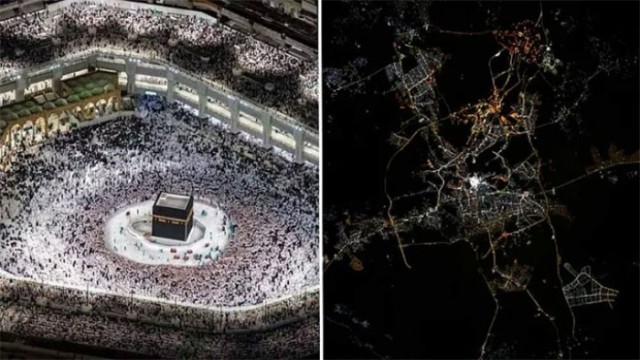






Comment: